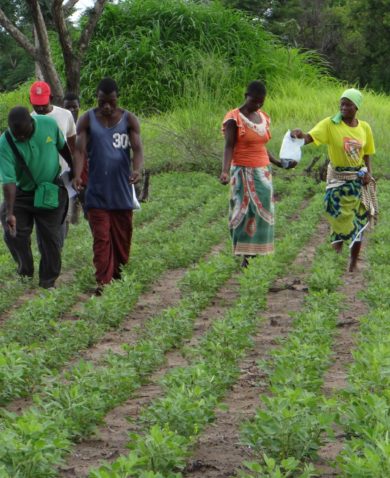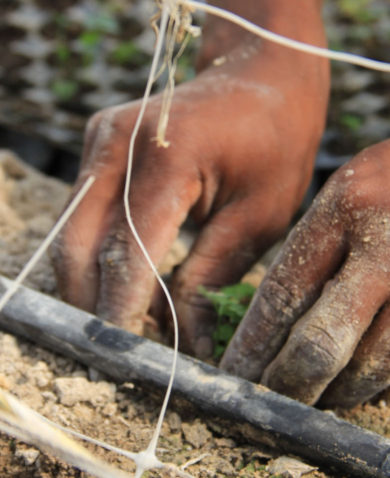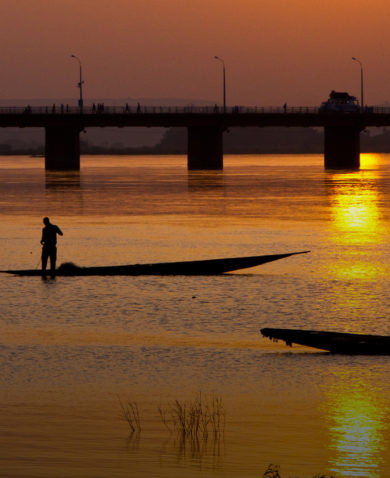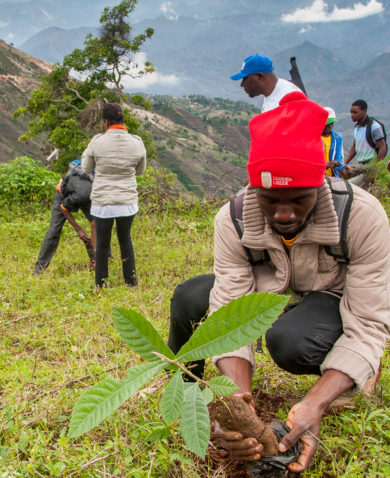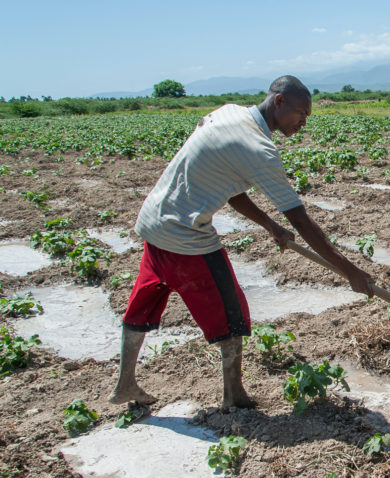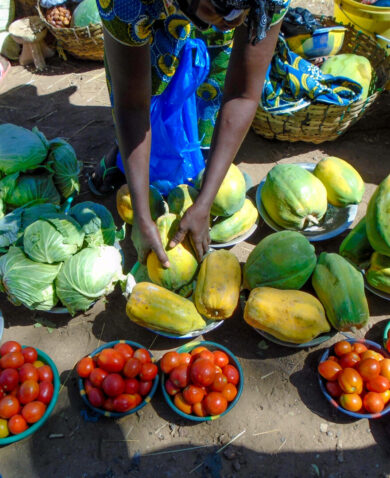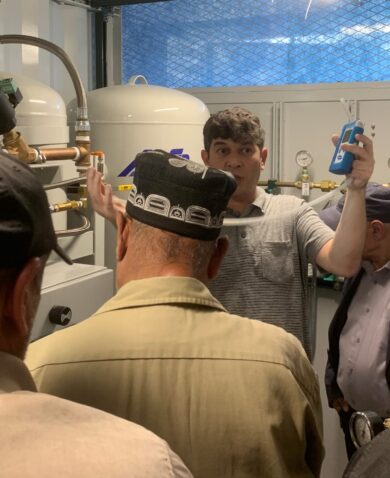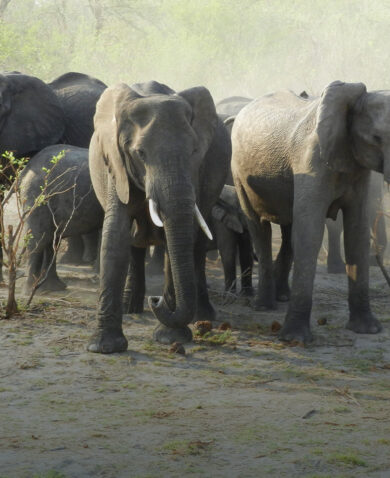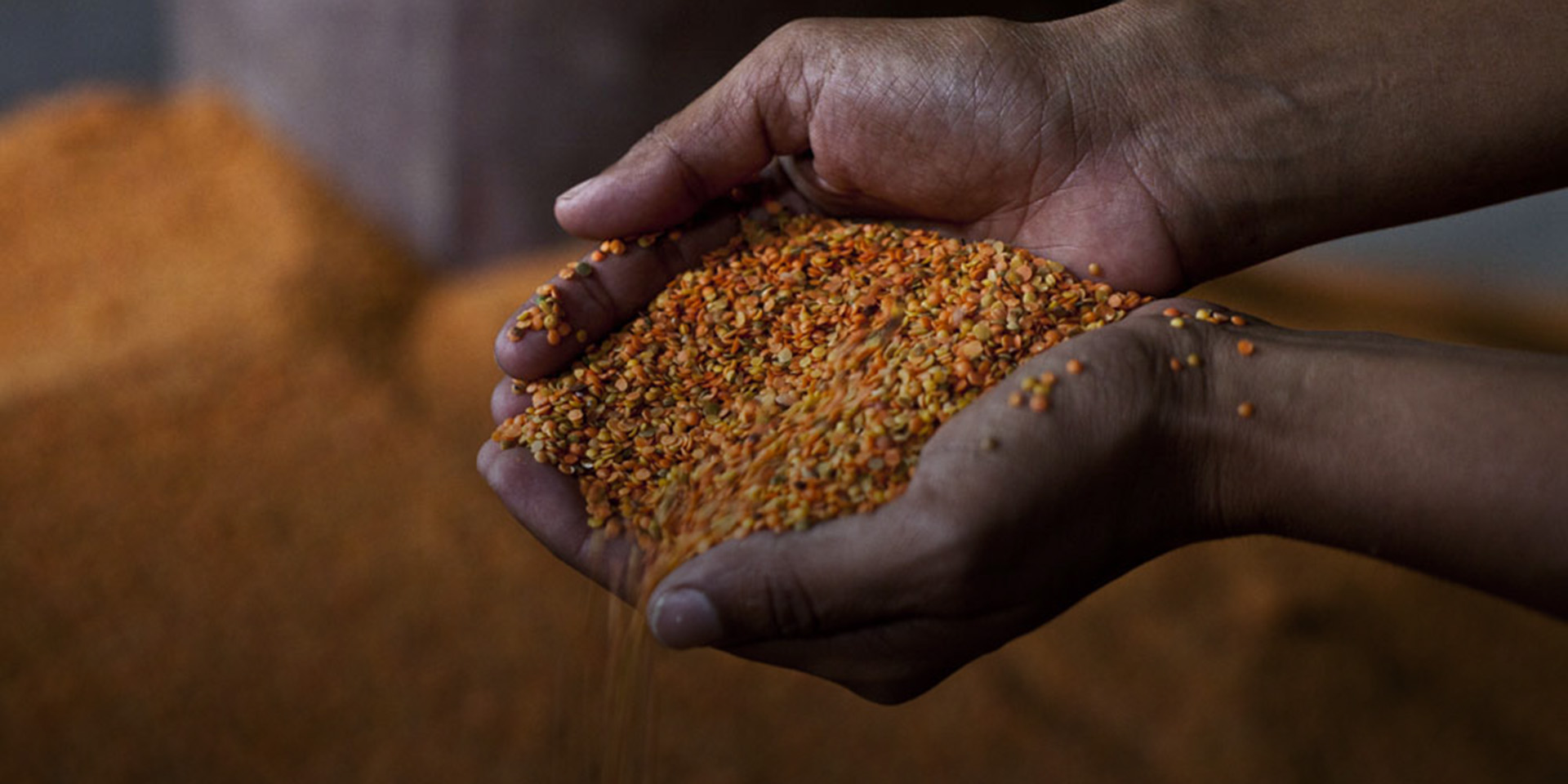
4 Chances to Swallow Our Pride and Learn from Failure
October 31, 2017 | 4 Minute ReadHow can we own up to our mistakes and avoid falling into the same traps in the future? Stacy Edgar and Frenki Kozeli share four tips.
This post originally appeared on the SEEP Network‘s blog.
Discussing failure is difficult because it implies that someone didn’t do their job well. Too often, the discussion stops there. Yet, the complexity of our work means that forces beyond our control often influence the outcomes of our programs, making it worth finding a way to discuss failure without placing blame. In today’s changing world, candid discussion is especially important, which is why we were encouraged by the focus on failure during the 2017 SEEP Network Annual Conference on Catalyzing Transformative Change.
How, where, when, and why are our programs falling short? What is needed in order to change and adapt? What role should we play in working toward a shared goal of ending poverty? As we think about the path forward, below are our reflections sparked by conversations at the SEEP Annual Conference.
1. Plan for a rainy day: Strengthen the resilience of households, communities, businesses, and institutions
Many households that are lifted out of poverty by development programs fall back into poverty shortly after the programs end, according to startling research from the Tufts University Feinstein International Center, the USAID Leveraging Economic Opportunities Project, and the Overseas Development Institute (ODI). In Uganda, ODI found that two out of five households that escaped poverty between 2005 and 2009 became poor again by 2011. Therefore, we need to anticipate that communities will face shocks that can eat away at their economic and productive assets. This might come in the form of ill health, extreme weather, changes in the price of foods or inputs, conflict, or political upheaval. Just like that, the gains achieved by households and the investments made by a development project can be wiped away.
How do we make market systems more resilient so that households are better able to cope? The Food Economy Group’s Household Economy Analysis offers one methodology to help program designers identify where in the market system a project should intervene to build household resilience. In our work in Sri Lanka, Chemonics has found that increasing value chain competitiveness and strengthening household resilience can go hand in hand. For example, the USAID Supporting Opportunities in Livelihoods Development (SOLID) pilot activity initially introduced silage production to modernize the local dairy industry and offer additional income to farmers. When extreme drought hit in 2017, this water-saving type of animal feed provided the nutrition necessary for dairy cows to continue milk production on farms where farmers had made silage.
2. Expect the unexpected: When deploying solutions, look for unintended consequences
Not long ago, mobile money and digital financial solutions emerged as a “game changer” for broadening financial inclusion. And indeed, a 2016 study conducted by the Abdul Latif Jameel Poverty Action Lab (J-PAL) found that Kenya’s mobile money service, M-PESA, lifted 194,000 households (2 percent of Kenyan households) out of poverty. While digital finance still holds great promise, it is also creating a new set of challenges.
Tempering our enthusiasm for digital solutions, Microsave research is revealing an unintended consequence associated with digital credit in Kenya. While a growing number of Kenyans are accessing credit, many are also defaulting on loans. In the last three years, 2.7 million Kenyans have been negatively listed by the Credit Reference Bureau. About a million have been listed for defaulting on loans less than $10, and, 400,000 have been listed for loans less than $2. The common thread is lack of consumer understanding of the loan product and the consequences of defaulting. For these individuals, building back credit history will take time and poses a far greater barrier to accessing finance than before.
3. Check yourself: Be aware of biases and how they influence programming
In the words of Varun Gauri of the World Bank, “Economists design programs as if everyone were an economist.” How we think about the world influences our predictions of how the people around us will make decisions, set goals, or prioritize time. What this means is that our assumptions have a good chance of being wrong. For example, a recent World Bank study revealed that 42 percent of World Bank staff (in both headquarters and country offices) thought that poor people living in Nairobi, Kenya would agree with the statement, “Vaccines are risky because they can cause sterilization.” In reality, only 11 percent of the poor sampled in Nairobi actually agreed with the statement, and overall immunization cover rates are over 80 percent. This mismatch is a reminder that even if we think we understand how poverty shapes the mindsets of the communities we work with, we are often wrong.
David Dyer, chief of party of the USAID Sri Lanka SOLID activity, touched on this point at the SEEP Fail Fest. One of the activity’s interventions aimed to increase the incomes of female mushroom farmers in the Batticaloa and Polonnaruwa districts by connecting them to a major retailer. The retailer was on board to buy the mushrooms, and the activity provided the women with the technical assistance they needed to maximize profits. However, the women weren’t interested in maximizing their income by selling to a major retailer. Rather, they wanted to substitute the household income they gained from casual labor with income from cultivating mushrooms and selling them at the local market, which they could do close to home. The activity had misread the women’s objectives, so the deal fell through. Interestingly, the activity did help the women in achieving their goals — just not the goals the project expected them to have.
4. Be ready for change: Become an adaptive manager
Adaptive management is the name of the game, but what’s in a name? We all grappled with this question. One of our colleagues asked, “But what’s the difference between adaptive management and just good management?” There was a sneaking consensus that started to emerge: Adaptive management is not just something you do; an adaptive manager is someone you are. Adaptive management goes deeper than program design and dives into program operations and culture. Yes, it’s about being able to change course when crisis hits, when your biases get in the way, or when your work creates unintended consequences. But it’s also about being the kind of manager who knows that crisis could hit, and building your program with intentional flexibility as well as promoting a culture of learning from failure.
Discussing these setbacks is painful, but we have an opportunity to learn critical lessons from our failures; let’s not let that opportunity go to waste.




